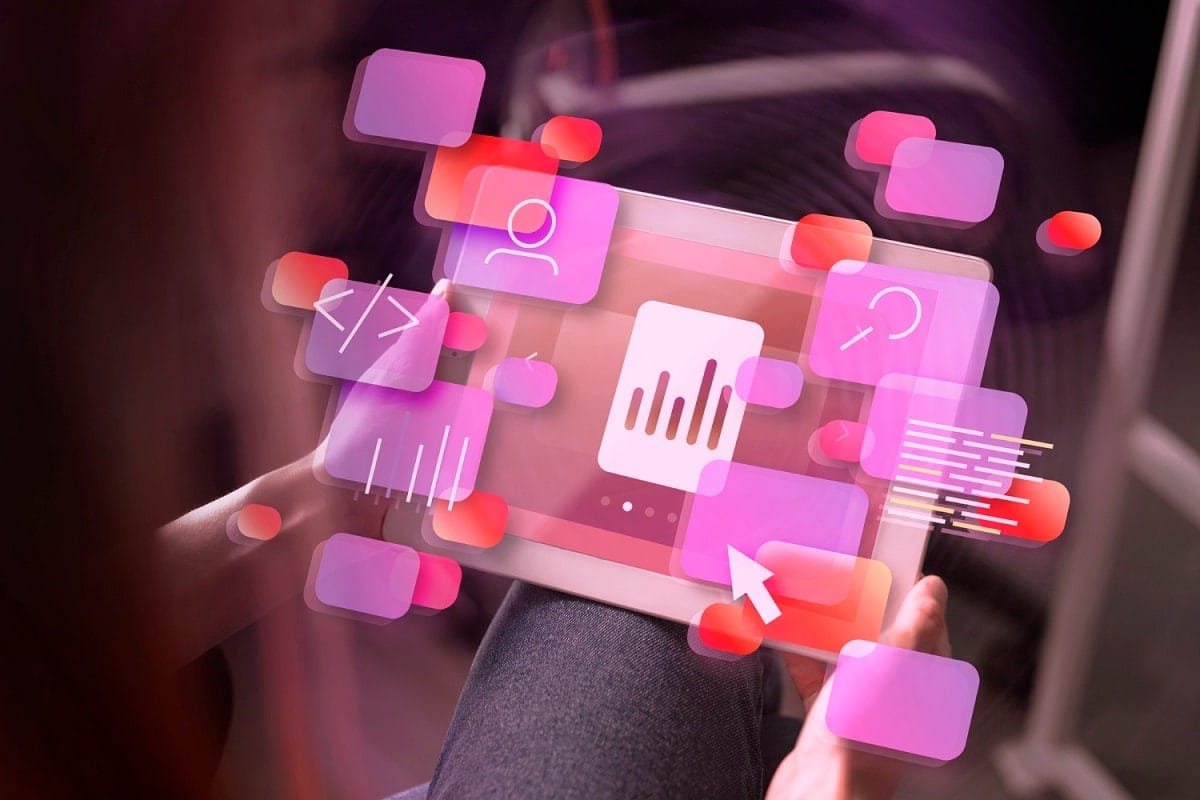The main factors driving application modernization in organizations — security, reliability, and scalability — are constant and recognizable. These elements are frequently cited in numerous studies related to the expected benefits of digital transformation. In fact, almost all participants in our survey indicated that these three aspects were crucial for their organizations to opt for modernizing their applications. Furthermore, over 70% of respondents use these same factors to measure the success of such initiatives.
What progress has been made so far? The results are promising. Breaking down the drivers individually, 58% of respondents reported seeing significant improvements in security, while 52% observed advances in reliability and 53% in scalability. Considering that many of these application modernization projects are still ongoing, these data suggest a positive trend towards the added value that modernization can offer. Most notably, when evaluating whether respondents have perceived improvements in at least one of these critical areas, almost all (98%) have experienced benefits in at least one essential aspect. This underscores the effectiveness and positive impact that application modernization is having on organizations.
There is no single definition of application modernization
This year, 68% of respondents stated that application modernization involved improving CI/CD pipelines (continuous integration/delivery). This is significant for a couple of reasons.
Firstly, this percentage is notably higher than in the 2021 study, where containerized workloads topped the list while CI/CD improvements ranked last. It is rare to see this level of variation from one survey to another. This was one of several responses pointing to a focus on traditional IT fundamentals and at least a heightened interest in gradually phasing out certain newer technologies.
Secondly, it serves as a reminder that not everyone is on the cutting edge. All organizations are still adjusting their CI/CD processes to incorporate additional features like security analysis. However, it can be reasonably assumed that those who have adopted modern software development best practices have solid CI/CD processes overall. These figures suggest that this assumption does not apply to everyone. Over time, we have observed similar trends in other practices that have become a safe bet for advanced professionals, while others are still catching up on the topic.
Another common definition is data modernization, typically described as upgrading and enhancing an organization’s data infrastructure, tools, and practices to meet changing needs of data-based business operations and analysis. It is reasonable to assume that preparing for artificial intelligence and machine learning is a significant reason to consider application modernization in these terms. Data modernization also comes into play as part of modernizing data exchange between applications and their components as they are updated, such as with distributed data in edge applications. (Other studies we have conducted have revealed that integration issues are a constant challenge for digital transformation projects).
Common definitions are complemented by workload automation and serverless computing.
How are organizations modernizing?
Modernization strategies are diverse and most often carried out in multiple steps.
We asked respondents to answer the question, “What does your organization plan to do with custom production applications that it wants to modernize in the next two years?” The 6 options we offered followed the 6 Rs framework, a model derived from the 5 Rs created by market researcher Gartner in 2010 at a time when many companies were grappling with the best way to move their legacy applications to the cloud. (Sometimes we also see a variant of 7 Rs.) There may be some differences in nomenclature depending on different sources, but the general framework is widely used.
The 6 strategies are:
Retire: End or retire applications that are no longer needed.
Retain: Leave critical applications as they are until they need to be refactored.
Rehost: Move applications to a cloud (hosted or on-premises) without changes to the architecture.
Repurchase: Move from perpetual licenses to a software as a service (SaaS) model.
The first conclusion we can draw from this survey – as well as from others we have conducted – is that there is no dominant approach. The most common response, at 20%, was platform change, and all others ranged between 10% and 19%. Custom application modernization strategies are diverse and depend on the applications being modernized, the sophistication of the organization, and even the position that the respondent holds within the organization.
The other conclusion we can confidently state is that application modernization is not a one-time, closed project. Instead, there is a clear gradual path towards re-architected applications.
What does this mean for IT professionals?
Our respondents offered some good advice, both for getting started and for keeping projects moving forward.
When it comes to kicking off an application modernization project, a decision-making IT leader from APAC emphasized how “setting realistic and clear goals before embarking on the modernization journey gives you greater control over the upgrade process.” Topics that decision-makers, architects, and developers spoke about include: early planning, gradual approaches, and having the right well-equipped team in place.
Decision-makers we spoke with also had tips for once application modernization projects are underway. One from the UK recommended that “companies invest in monitoring and visualization solutions to make application and system modernization more successful. These systems provide more insight into the current state and performance of applications.” Another decision-maker from the US emphasized the training of “their workforce to use and maintain new applications through best practices and governance.”
Overall, there are some clear common themes: having a specific goal, planning, training the right team, and continuously monitoring (including vulnerability scanning). Interestingly, hiring subject matter experts and additional training were not the top priorities we have seen in other surveys. One reason is that it seems respondents are increasingly focused on outsourcing — such as managed services — and consulting with communities and vendors on best practices. Training remains important. But so is relying on the expertise and capabilities of third parties when available and appropriate.

